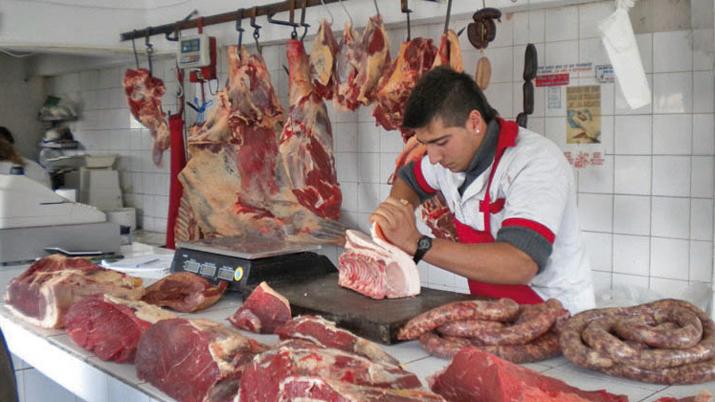The Consumer Price Index (CPI) measured by the National Institute of Statistics and Censuses (Indec) rose 4.7% in February, amounting to 52.3% in the last twelve months. In this context, the highlight is the sharp rise in the category “Food and Non-Alcoholic Beverages”, of 7.5%. This is the highest monthly growth observed since the official statistics agency resumed the measurement of inflation at the end of 2016.
According to Nadín Argañaraz, founder and director of the Argentine Institute of Fiscal Analysis (IARAF), the second highest value had been observed in September 2018 when it reached 7 percent. “The rise in food and non-alcoholic beverages has a full impact on the purchasing power of workers and retirees, who allocate a significant portion of their income to the consumption of these goods,” said the analyst.
Meanwhile, Argañaraz told Infobae that “it is important that economic, income, exchange rate and monetary policies are consistent with a sustained decline in the rate of inflation.” In this regard, he stressed that as long as that does not happen “it will be difficult for inflation to fall steadily.” He added: “It is critical that in the last four years the price increase has averaged 45% per year.”

In this context, the Government blamed the war between Russia and Ukraine for heavy food inflation in February, but most of the major increases were in products beyond international demand, with the exception of meat.
Fruits, vegetables, eggs and meats led the increases, with the strongest being those of “mixed salad”: lettuce shot 72.7%, tomato 40.8%, onion 30.8% and potatoes 16.3%, according to Indec. With regard to fruit, the greatest adjustment was observed in orange, which rose 19.8%, while apple rose 10.9% and banana 7%. Meanwhile, lemon had an increase of 27%.
In addition, eggs increased by 22.5% in February, sustaining the trend that had already occurred in the previous month.
According to official data, meat increased between 6.6% and 11.7% according to cuts. While substitutes such as chicken or fish had increases of 4.8% and 8.3%, respectively.

French flute bread rose 7.6% in the month, prompting the government to create a trust to try to curb the price of flour. Meanwhile, noodles rose 4.5 percent. In dairy products, the increases were mixed. While fresh milk in sachet rose 4.6%, milk powder soared 15.8 percent.
Butter increased by 5.4%, while cheeses varied between 4.8% and 6.6%, depending on the variety. In addition, grass rose 6.2% and coffee 5 percent.
The Food and Non-Alcoholic Beverages division was the one with the highest increase of the month nationwide, as well as being the one with the highest incidence in all regions: on average, it contributed more than 2 percentage points to the increase in the General Level.
Among the 10 foods that rose the most in February, lettuce stands out, with a sharp increase of 72.7%, followed by tomatoes, also per kilo, which had a price increase of 40.8%. The podium was completed by the onion (per kilo), registering an increase of 30.8 percent.
Further back is the lemon, per kilo, with an increase of 27%; the dozen chicken eggs, which increased by 22.5%%, the orange per kilo, whose price jumped by 19.8% and the potato, with an increase of 16.3%.
The list of the 10 foods that increased the most in the second month of the year is completed by milk powder, up 15.9% -; minced meat, which increased by 11.7%, and kilo of apple, with an increase of 10.9%.
KEEP READING:
Últimas Noticias
Debanhi Escobar: they secured the motel where she was found lifeless in a cistern
Members of the Specialized Prosecutor's Office in Nuevo León secured the Nueva Castilla Motel as part of the investigations into the case

The oldest person in the world died at the age of 119
Kane Tanaka lived in Japan. She was born six months earlier than George Orwell, the same year that the Wright brothers first flew, and Marie Curie became the first woman to win a Nobel Prize

Macabre find in CDMX: they left a body bagged and tied in a taxi
The body was left in the back seats of the car. It was covered with black bags and tied with industrial tape
The eagles of America will face Manchester City in a duel of legends. Here are the details
The top Mexican football champion will play a match with Pep Guardiola's squad in the Lone Star Cup

Why is it good to bring dogs out to know the world when they are puppies
A so-called protection against the spread of diseases threatens the integral development of dogs




